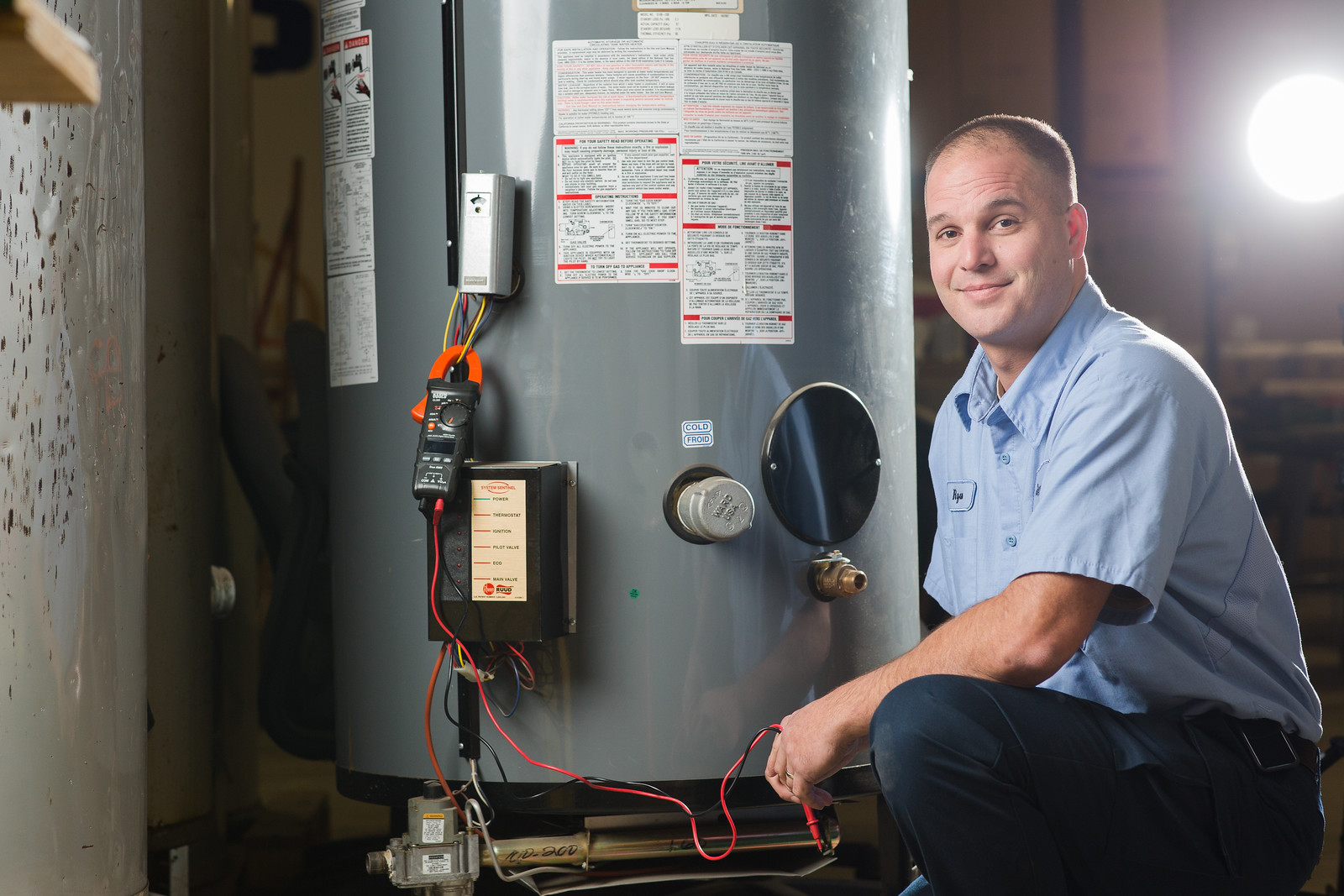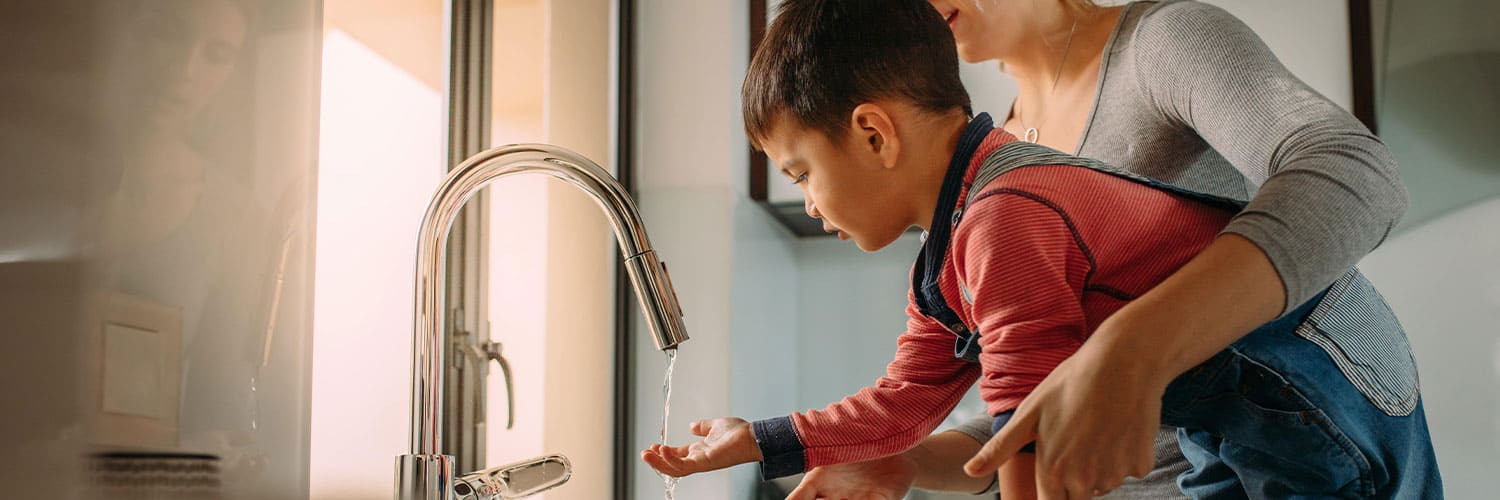Best Practices for Maintaining Your Home's Hot Water System
Best Practices for Maintaining Your Home's Hot Water System
Blog Article
In this article down the page you can locate lots of sound resources around Tips on Maintaining a Water Heater.

Warm water is crucial for day-to-day convenience, whether it's for a revitalizing shower or cleaning dishes. To ensure your warm water system runs efficiently and lasts longer, regular maintenance is key. This short article offers useful suggestions and insights on exactly how to keep your home's warm water system to stay clear of disturbances and pricey fixings.
Introduction
Maintaining your home's hot water system might appear daunting, but with a couple of straightforward steps, you can guarantee it runs efficiently for many years to come. This guide covers every little thing from recognizing your hot water system to DIY upkeep pointers and understanding when to employ expert assistance.
Significance of Maintaining Your Warm Water System
Routine maintenance not just extends the life-span of your hot water system yet likewise ensures it runs efficiently. Ignoring upkeep can result in lowered effectiveness, greater energy costs, and even early failure of the system.
Indicators Your Hot Water System Requirements Maintenance
Understanding when your warm water system needs interest can protect against major concerns. Look out for indications such as inconsistent water temperature, weird noises from the heating unit, or corroded water.
Purging the Water Heater
Purging your hot water heater eliminates debris accumulation, boosting efficiency and prolonging its life.
Checking and Replacing Anode Rods
Anode poles prevent rust inside the container. Examining and replacing them when worn is crucial.
Complicated Concerns Requiring Professional Assistance
Instances include major leakages, electric troubles, or if your water heater is constantly underperforming.
Regular Specialist Maintenance Advantages
Expert upkeep can consist of comprehensive assessments, tune-ups, and making sure compliance with security criteria.
Inspecting and Adjusting Temperature Settings
Changing the temperature level setups ensures optimal performance and security.
DIY Tips for Upkeep
You can do a number of maintenance tasks yourself to maintain your warm water system in leading condition.
Checking for Leaks
On a regular basis check pipes and connections for leakages, as these can bring about water damages and higher bills.
Understanding Your Warm Water System
Prior to diving into maintenance jobs, it's practical to comprehend the fundamental components of your warm water system. Normally, this consists of the water heater itself, pipelines, anode poles, and temperature controls.
Monthly Upkeep Tasks
Routine monthly checks can assist catch minor issues prior to they rise.
Examining Stress Alleviation Valves
Evaluating the pressure relief valve guarantees it works properly and avoids excessive pressure build-up.
Shielding Pipelines
Protecting hot water pipes reduces warmth loss and can conserve energy.
When to Call a Professional
While do it yourself upkeep is helpful, some problems require professional expertise.
Final thought
Routine maintenance of your home's hot water system is crucial for effectiveness, long life, and expense savings. By complying with these tips and understanding when to seek professional aid, you can ensure a trusted supply of hot water without unanticipated interruptions.
How to Maintain an Instant Hot Water Heater
Before tinkering with your hot water heater, make sure that it’s not powered on. You also have to turn off the main circuit breaker and shut off the main gas line to prevent accidents. Also turn off the water valves connected to your unit to prevent water from flowing into and out of the appliance. 2. When you’re done, you have to detach the purge valves’ caps. These look like the letter “T†and are situated on either side of the water valves. Doing so will release any pressure that has accumulated inside the valves while at the same time avoid hot water from shooting out and burning your skin. 3. When the purge valves’ caps are removed, you have to connect your hosing lines to the valves. Your unit should have come with three hoses but if it didn’t, you can purchase these things from any hardware or home repair shops. You can also get them from retail stores that sell water heating systems. Read the user’s manual and follow it to complete this task properly. When the hosing lines are connected, open the purge port’s valves. 4. You should never use harsh chemical cleaners or solutions when cleaning your unit. Make use of white vinegar instead. It should be undiluted and you’ll probably use about 2 gallons. 5. Now flush your water heater. This task should probably take about 40 minutes. We can’t give you specific directions for this because the procedure is carried out depending on the type, model and brand of your heater. With that being said, refer to the user’s manual. 6. When you’re done draining the unit, you have to turn off the purge port valves again. Remove the hosing lines that you earlier installed on each of the water valves. Put the valve caps (purge port) back in their respective places and be very careful so as not to damage the rubber discs that are found inside these caps. 7. Now that everything’s back in place, check your user’s manual again to find out how to reactivate your water heating system. 8. Once it is working, turn one of your hot water faucets on just to let air pass through the heater’s water supply pipes. Leave the tap on until water flows smoothly out of it. https://www.orrplumbing.com/blog/2014/september/how-to-maintain-an-instant-hot-water-heater/

I ran across that article on How to Maintain Your Water Heater & Prolong its Life while doing a lookup on the search engines. Do you know somebody who is enthusiastic about How to Maintain Your Water Heater & Prolong its Life? Feel free to promote it. Thank you for going through it.
Need Help? Hire Us Now! Report this page